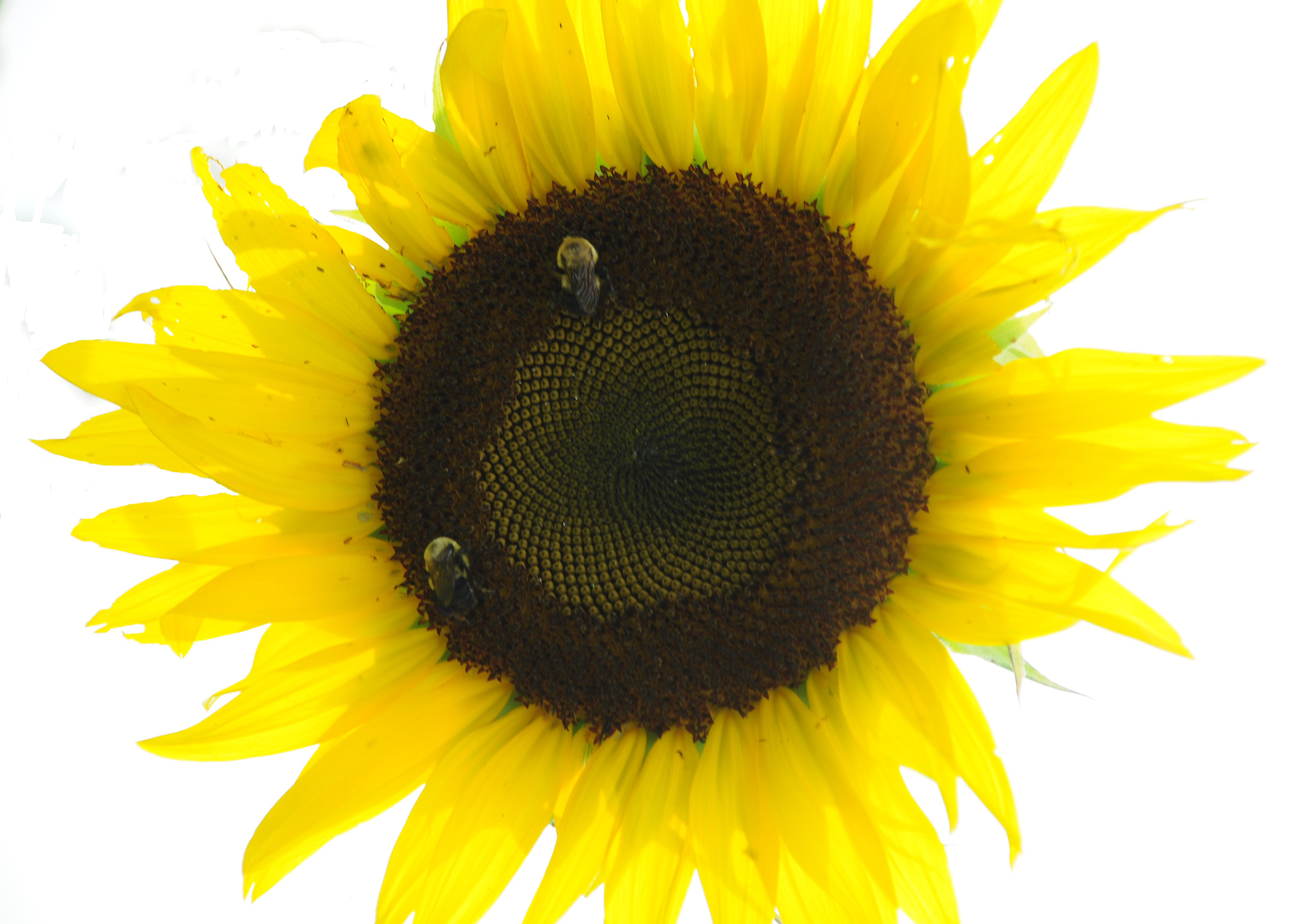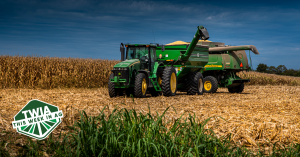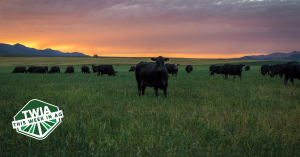
Despite bees being considered a keystone species, not nearly enough is being done to preserve this essential contributor to our food production process. Worldwide bee populations are in decline, including the honey bee and many of our wild native bees. It is estimated that commercial honeybee populations in the U.S. have declined by as much as 40% since 2006.
There are many suspected contributors to bee decline, including:
- Widespread use of pesticides, particularly neonicotinoids that—once absorbed by plants—can be present in pollen and nectar
- Loss of habitat, including land use changes, habitat fragmentation, loss of bio-diversity
- Climate change
- Pests, diseases, viruses, and mold
The U.S. Department of Agriculture (USDA) Natural Resources Conservation Service (NRCS) offers advice on how farmers can help pollinators. Some of the principles advocated by the USDA include:
- Know the habitat on your farm. Look for areas on and around your land that can support native bees. Most native bees are solitary or live in small colonies. Bumble, digger, and sweat bees make up the bulk of pollen bees in most parts of the country.
- Protect flowering plants and nest sites. Once you know where bees are living and foraging, do what you can to protect these resources from disturbance and pesticides. Bees rely on an abundance and variety of flowers and need blooming plants throughout the growing season. Native plant species are particularly valuable.
- Enhance habitat with flowering plants and additional nest sites. Most bees love sun and prefer to nest in dry places. Nests are created underground, in twigs and debris, and in dead trees or branches. You can add flowers, leave some ground untilled, and provide bee blocks (tunnels drilled into wood) to increase the number of native bees on your farm.
- Minimize tillage. Many of our best crop pollinators live underground for most of the year, sometimes at the base of the very plants they pollinate. To protect them, turn over soil only where you need to. Allow crops to bolt. If possible, allow leafy crops like lettuce to flower if they need to be tilled right away. This gives bees additional food sources.
- Exercise Care with Insecticides. Most insecticides are deadly to bees, and unnecessary herbicide use can remove many of the flowers that they need for food. If you use insecticides, choose ingredients targeted to specific species (for example, Btk—Bacillus thuringiensis kurstaki— for pests such as leaf rollers) and the least harmful formulations (i.e., granules or solutions). Spray on calm, dry evenings, soon after dark when bees are not active. Keep in mind that even when crops are not in bloom, some of your best pollinators are visiting nearby flowers, where they may be killed by drifting chemicals.
More information is available at the USDA NRCS Website.
Information about Earth Day and how to protect bees is available on the Earth Day Network Website.
For those of you in the Phoenix area who would like to learn more about protecting pollinators, the University of Arizona Desert Institute of Gardening is holding a seminar from 6–8 pm this Thursday, April 25, at the Maricopa County Extension Office. Click here for details.
Related Posts

This Week In Ag #100
Farmers grow food. That’s a simple and straight-forward premise. Or is it? We continue to shake our heads at survey results that reveal many consumers think their food comes from the grocery store. But what about the industry itself? If we’re being totally honest, we should ask: are we largely focused on growing food, or producing commodities?

This Week In Ag #98
Oilseeds are now a lightning rod. America’s top ag export, accounting for over $40 billion, is at the center of a heated debate on the state of America’s health. The appointment of RFK Jr. to head Health and Human Services will do nothing to ground the conversation. He’s been outspoken in his view of how seed oils


